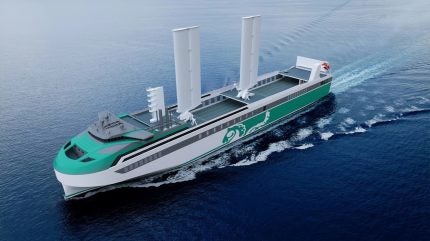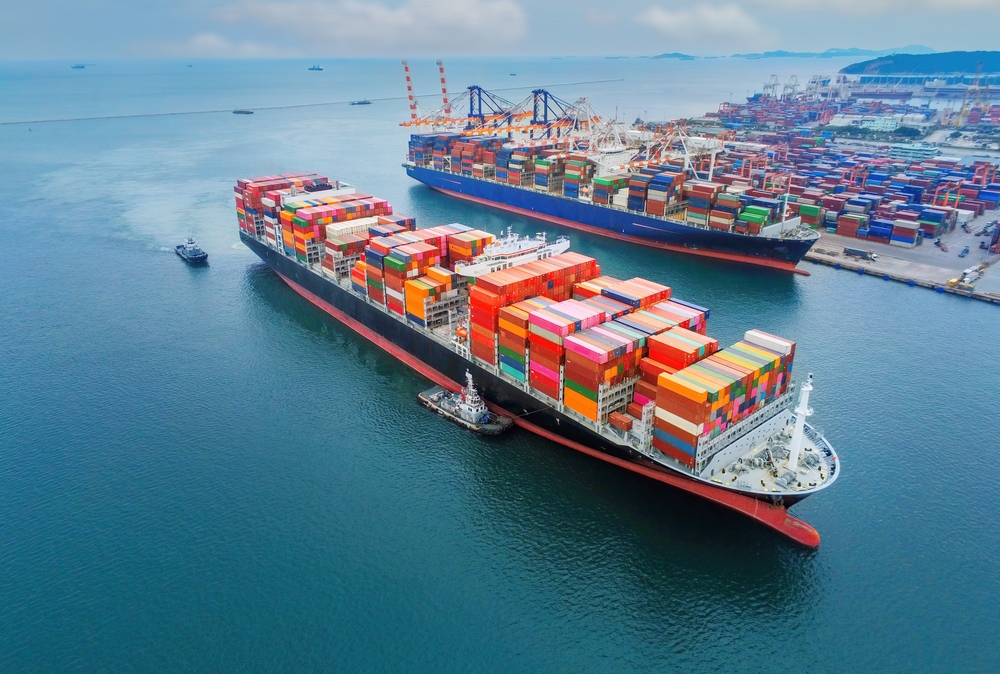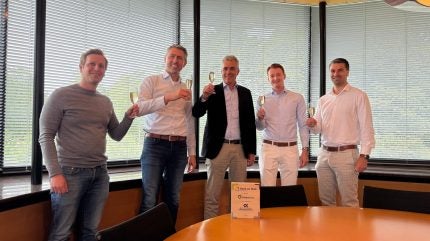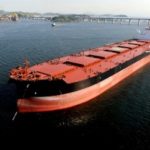Wallenius Marine and KNUD E. HANSEN introduce new sustainable RoRo design

Wallenius Marine and KNUD E. HANSEN have unveiled their innovative Sleipner RoRo concept at the Donsö Shipping Meet in Sweden.
The new RoRo ship design builds on the success of their award-winning Sleipner PCTC concept and incorporates operational data from Sleipner’s Future Way and Way Forward vessels.
Discover B2B Marketing That Performs
Combine business intelligence and editorial excellence to reach engaged professionals across 36 leading media platforms.
The Sleipner RoRo concept, which features an engine room located in the bow, offers a substantial cargo capacity of 2,720 lane metres, accommodating up to 181 trailers despite its 170m length.
The design enables rapid and efficient loading and unloading through the stern ramp and main deck, utilising the entire width of the ship.
This efficiency is a result of the strategic relocation of the engine room to the bow, which allows for unobstructed cargo movement.
The vessel’s propulsion system utilises a dual-fuel electric powertrain compatible with liquified natural gas (LNG), liquefied biogas (LBG), marine gasoil (MGO), and biodiesel.
It also features Azipods, a 360° gearless steerable propulsion system that improves manoeuvrability, significantly aiding navigation and docking in congested ports.
Wallenius Marine head of ship design Urban Lishajko said: “The RoRo segment of short-sea shipping plays a key role in the transition to more sustainable transport, not least through the transfer of goods from land to sea transport.
“At the same time, the industry is facing a generational change where new tonnage is needed to meet both capacity needs and demands for increased energy efficiency and reduced emissions. Together with KNUD E. HANSEN, we have developed a concept that balances capacity, operational efficiency and environmental performance.”
Wallenius Marine and KNUD E. HANSEN have future-proofed the Sleipner RoRo concept by including provisions for sails, shore power, and alternative fuel sources such as batteries and fuel cells to reduce energy consumption and emissions.
In December last year, Wallenius Marine conducted advanced wind tunnel tests in Gothenburg for its wind-powered PCTC vessel, a crucial phase in validating the aerodynamic performance of the vessel’s innovative design that combines a streamlined hull with high-tech wing sails.




